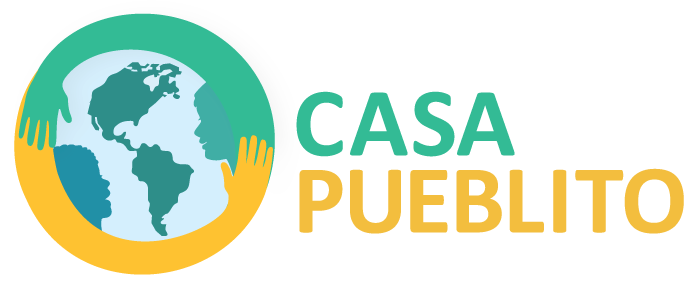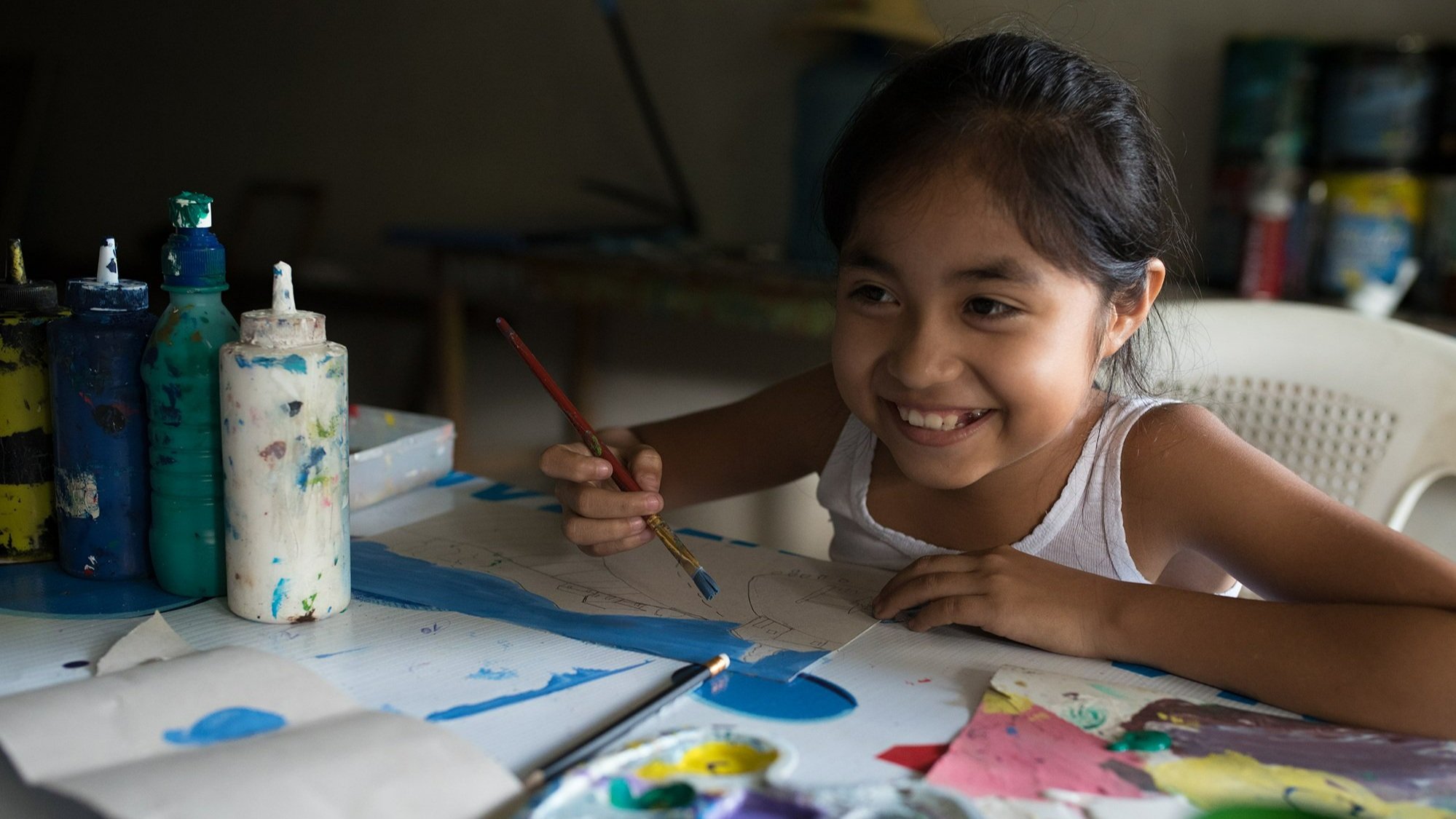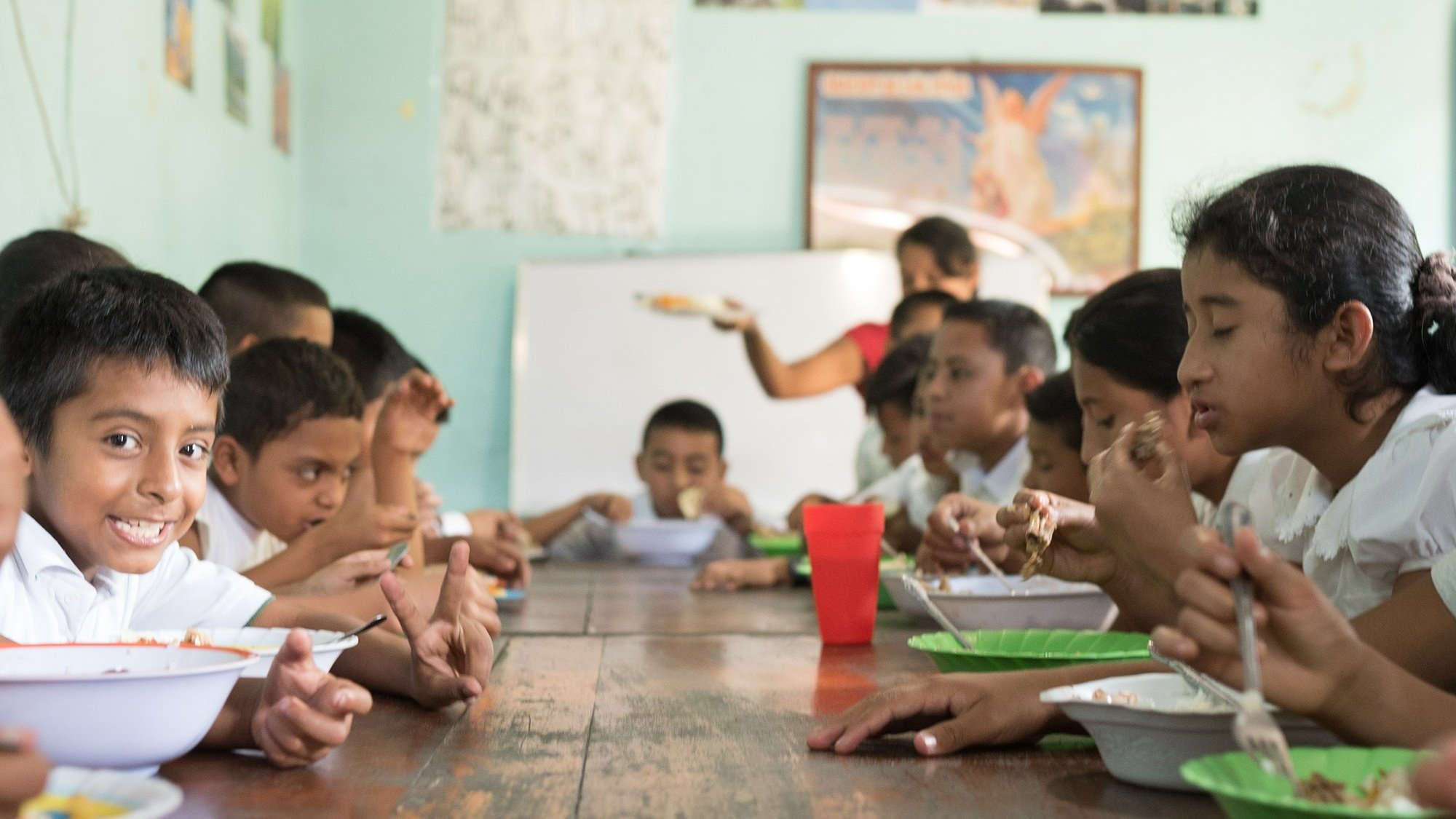Portraits from Nicaragua
Over the course of two weeks, with Tilly Gobble from Photographers Without Borders, we traveled across Nicaragua visiting our partner communities. We talked to dozens of community members and asked them if we could share pieces of their stories, and lives, with you. This exhibit is what they shared with us.
Natalie & her brother, Janiero, Jiñocuao
“Now I’m studying veterinary medicine at the National Autonomous University of Nicaragua (UNAN-Leon). I chose veterinary medicine because I like animals, and what’s more, I like looking out for the health and well-being of animals. Like many people say, vets are their protectors. I also wanted to be a vet because the family had a problem with our sheep but a vet couldn’t come here, so I saw the necessity of the career. We saw the need for more vets not just here in the house, but also the neighbours and their animals. That’s why I decided to study to be a vet.”
Eloisa Garcia & her sons, Luis & Byron, Santa Julia
Growing up, Eloisa never had the opportunity to study. Today, she's the President of the Gloria Quintanilla Women's Cooperative in Santa Julia. She’s in charge of selling the cooperative’s coffee. She learned to do the math to figure out how much profit each woman from the cooperative gets when they sell their coffee to foreigners & in local markets. She's proud that her kids haven’t grown up the same way that she did and that they had the opportunity to go to school.
Lola Esquivel, Santa Julia
“The most difficult fight in the community has been water. It’s been land rights. And the most difficult fight of all is being a woman, and raising our voices. To say loudly ‘no more violence, no more mistreatment, I’m going to have the kids that I want to have.’"
Damaris, Director of El Centro Promocional Cristiano por la Paz y la Vida, San Ramon
“Art nourishes us and fills the soul, it entertains us. We hope this project empowers us all, especially the youth. Art is a creative outlet so that youth don’t turn to different vices that are hard to quit, like alcohol and drugs. Our students are improving, which means that the school is improving, despite the difficulties we’ve had.”





